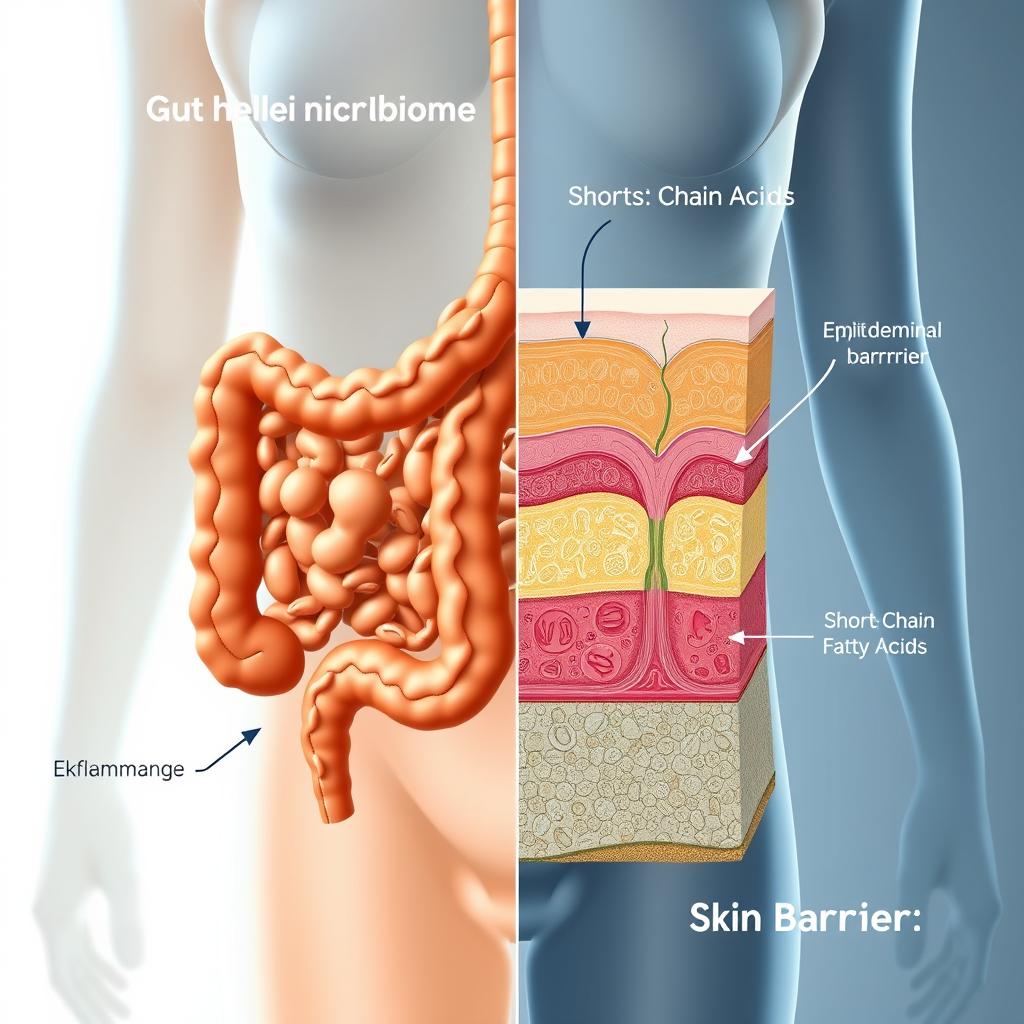
Dermatology Breakthrough: The Fiber You Need to Eat to Protect Your Skin and Overall Health
- September 13, 2019
- 40 Likes
- 1151 Views
- 4 Comments
Introduction
A recent dermatological study has uncovered compelling evidence that dietary fiber does more than support digestion—it plays a crucial role in preventing inflammatory skin conditions and chronic diseases. As researchers delve into the connection between gut health and the skin’s appearance, it’s clear that increasing fiber intake can have a profound impact on both dermatological and systemic well‑being.
Key Findings from the Study
- Reduced Inflammation: Participants who consumed at least 30 grams of mixed soluble and insoluble fiber daily showed a 25% decrease in markers of systemic inflammation compared to controls.
- Improved Skin Barrier Function: Higher fiber intake correlated with improved hydration and strengthened barrier integrity in participants with mild eczema.
- Lower Disease Risk: Over a 12‑month follow‑up, high‑fiber consumers demonstrated a 15% lower incidence of chronic conditions such as type 2 diabetes and cardiovascular disease.
“Adding the right types of fiber to your diet isn’t just good for digestion—it’s a proactive measure against skin inflammation and related diseases,” explains Dr. Maya Lennox, lead dermatologist on the study.

Types of Fiber You Should Prioritize
- Soluble Fiber
- Function: Ferments in the colon to produce short‑chain fatty acids, which reduce systemic inflammation.
- Sources: Oats, barley, apples, citrus fruits, and legumes.
- Insoluble Fiber
- Function: Adds bulk to stool, aiding regularity and supporting toxin elimination.
- Sources: Whole wheat, brown rice, nuts, seeds, and vegetables like carrots and zucchini.
- Prebiotic Fiber
- Function: Feeds beneficial gut bacteria, fostering a healthy microbiome that communicates directly with the skin.
- Sources: Chicory root, Jerusalem artichoke, garlic, onions, and leeks.
Top 5 Fiber‑Rich Foods for Healthy Skin
| Food | Fiber per Serving | Key Benefit |
|---|---|---|
| Rolled oats (½ cup uncooked) | 4 g | Boosts soluble fiber for inflammation control |
| Lentils (½ cup cooked) | 8 g | High prebiotic content |
| Chia seeds (1 tbsp) | 5 g | Gel‑forming fiber for gut lining protection |
| Raspberries (1 cup) | 8 g | Antioxidant‑rich, supports barrier repair |
| Almonds (¼ cup) | 4 g | Adds insoluble fiber and healthy fats |

How Fiber Improves Skin Health
- Detoxification: By speeding intestinal transit, insoluble fiber helps eliminate toxins that might otherwise exacerbate skin irritation.
- Microbiome Balance: Prebiotic fibers nurture gut bacteria that produce metabolites known to calm skin inflammation.
- Hydration and Elasticity: Soluble fibers promote water retention in the gut mucosa, indirectly supporting skin hydration.

Image Description: Visualization of the gut‑skin axis, highlightng how dietary fiber influences skin health.
Incorporating More Fiber Into Your Routine
- Breakfast Boost: Start your day with a bowl of oatmeal topped with berries and a sprinkle of chia seeds.
- Legume Lunches: Swap out part of your meat portion for lentils or black beans in soups and salads.
- Veggie Snacks: Munch on raw vegetables like carrots or celery sticks with hummus.
- Whole‑Grain Swaps: Choose brown rice, quinoa, or whole‑grain pasta over their refined counterparts.
- Nutritious Desserts: Blend frozen bananas, spinach, and a dash of oat bran into a creamy smoothie.
Pro Tip: Gradually increase fiber intake over 2–3 weeks and drink plenty of water to minimize bloating.
Expert Perspective
“The interplay between nutrition and skin health is undeniable. Fiber’s anti‑inflammatory properties make it a simple yet powerful tool for dermatologists and nutritionists alike,” says Dr. Aisha Patel, clinical nutritionist.
Conclusion
Emerging research underscores the vital role of dietary fiber in maintaining not only digestive health but also skin integrity and disease prevention. By consciously choosing a variety of fiber‑rich foods—soluble, insoluble, and prebiotic—you can fortify your skin’s defenses, reduce inflammation, and support long‑term wellness.
References
- Lennox, M. et al. Journal of Dermatological Science, “Dietary Fiber and Skin Inflammation,” 2025.
- Patel, A. “Gut‑Skin Axis: Nutritional Strategies,” International Journal of Nutrition and Dermatology, 2024.



4 Comments
Ava Nguyen
ggdg
Ava Nguyen
mantap
Ava Nguyen
oke
Ava Nguyen
uuuu